We can use outer to get all combinations of values compared with the function greater than, (>). We do this for both columns and add them together. We are looking for both columns to exceed limit so basically looking for sum of 2. Once we have that, we can use rowSums to get the rows with at least 1 non-zero, i.e.
m1 <- (outer(df$column1, df1$Forcolumn1, `>`) + outer(df$column2, df1$Forcolumn2, `>`) == 2) * 1
# [,1] [,2] [,3] [,4] [,5]
#[1,] 0 0 0 0 0
#[2,] 0 1 0 0 0
#[3,] 0 0 0 0 0
#[4,] 0 0 1 0 0
#[5,] 0 0 1 0 0
#[6,] 0 0 0 0 1
Using rowSums we get your expected output,
rowSums(m1 > 0)
#[1] 0 1 0 1 1 1
DATA
dput(df)
structure(list(Data = 1:6, column1 = 11:16, column2 = c(3, 3,
2, 2, 1, 0)), class = "data.frame", row.names = c(NA, -6L))
dput(df1)
structure(list(max_limit = 1:5, Forcolumn1 = c(11, 11, 13, 14,
15), Forcolumn2 = c(3, 2, 0, 1, -1)), class = "data.frame", row.names = c(NA,
-5L))


